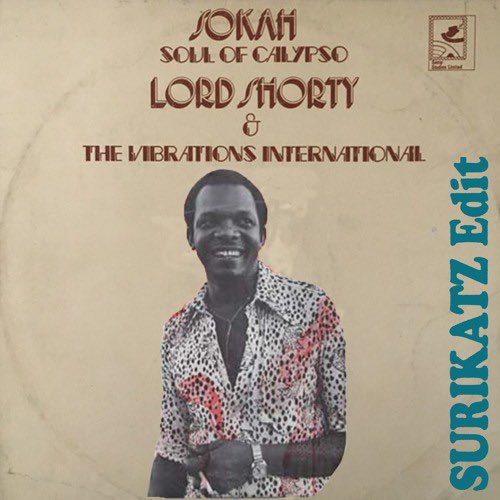How did we get here? Why are Soca artistes publicly questioning whether or not they should release new music? When did Soca become a by-product of Carnival?
We have grown accustomed to a reality in which it is normal for us to live through the majority of the year without new music from our artists who sing our music. As soon as September/October rolls around, the earth below us begins to shake. Soca releases begin to creep into our atmosphere. We see a unique influx of Soca like no other music market ever experiences. We jump, we wave, we wine, we fete, we play we mas – then Ash Wednesday is upon us and the crude cycle begins once again. Our dear art form continues to be seasonal.
We hear stories of long ago (and I can only hope that some of you reading this may have been around to remember), where Kaiso and Calypso releases also had a tendency to revolve around the Carnival season. In fact, the restrictions were more severe; you had little or no chance of hearing calypso on the radio during Lent. While today’s Soca might be slowly escaping the seasonal nature it has held, there is a new issue which must be addressed.
When it comes to Kaiso and Calypso, you could not find a single topic that was not discussed. A myriad of themes were covered in these genres like local news, scandals, various innuendos, humour, bravado and even politics! After all, a Calypso Tent was the poor man’s newspaper. Soca, which is the direct offspring of Kaiso and Calypso, was formally introduced in the early 1970s by Garfield Blackman, better known by his sobriquet at the time, “Lord Shorty”. The name “Soca” (originally Sokah) literally comes from the phrase, “the Soul of Calpyso”. However, the Soca of recent years seldom discusses anything outside of Carnival activities. This can lead one to question: has Soca lost sight of its roots?

The answer to this question is both yes and no. Generally, the vast majority of Soca that we receive from our artists talks about the same five things: drinking rum, fetein’, wining, jumping and women. It is unfair to say that there are no instances when we are gifted with a finer, finished product. Like Calypso, it can be musically rich, lyrically stimulating, thought provoking at times, captivating through the use of story-telling, and most importantly it is a feeling which comes from deep within. Don’t believe us? Take it from The Mighty Duke who has said the same about Calypso.
In the advent of the COVID-19 pandemic and the official cancellation of Carnival 2021, Soca artists have an opportunity that is with us for the first time since 1972 – the first time Carnival was ever cancelled (and later postponed until May of the same year). The Soca of 2021 does not have to be created with normal parameters in place. Soca 2021 has the potential to capture the eyes and ears of the world at large. All our artists have to do is take this once-in-a-lifetime opportunity to re-introduce the genre to a world outside of Carnival. Now is the time to take Soca Global!
Artists, writers and producers: test yourselves. Challenge yourselves to make captivating Soca that people can enjoy in and out of a fete. Emancipate yourself from the pressure of thinking that your music must play in a party to be enjoyable. The responsibility is on us to put Soca back on the map!










